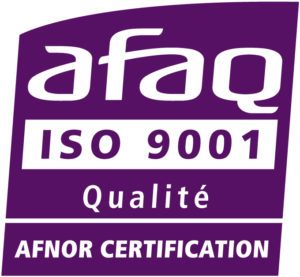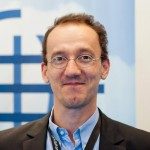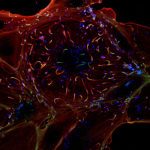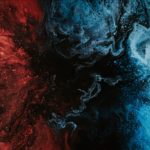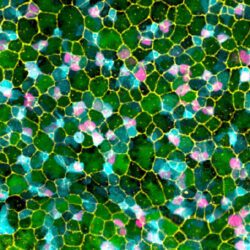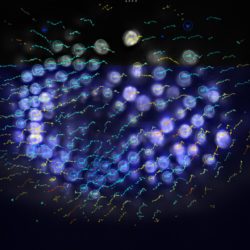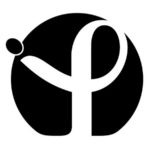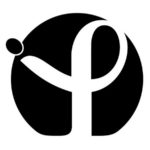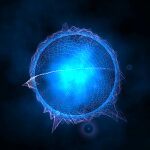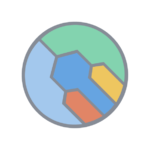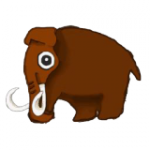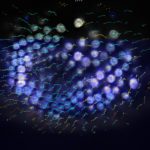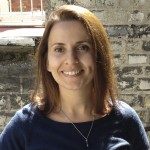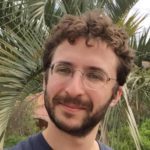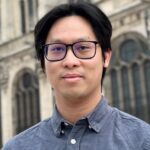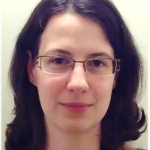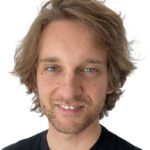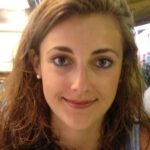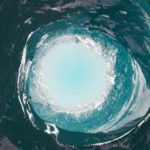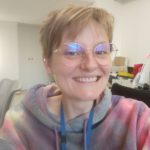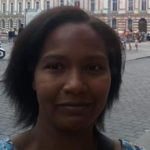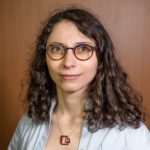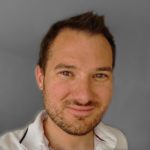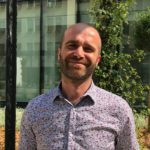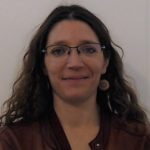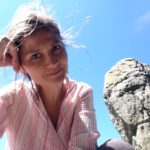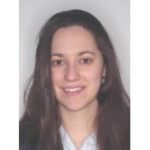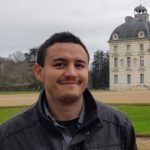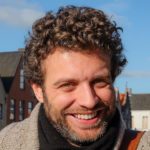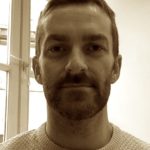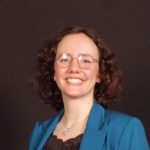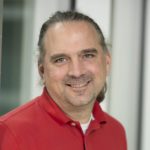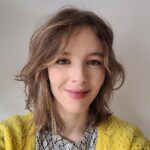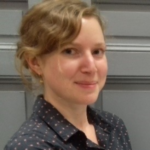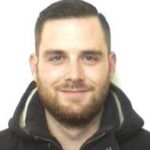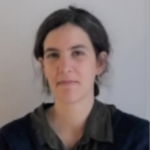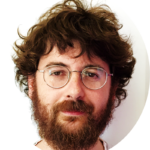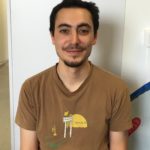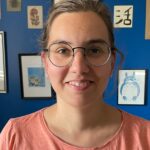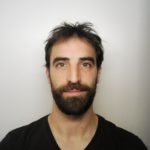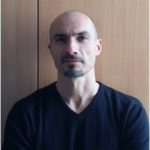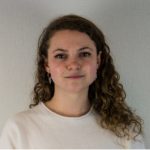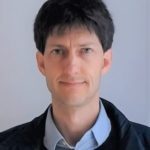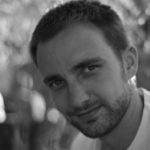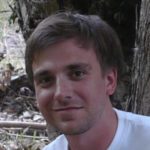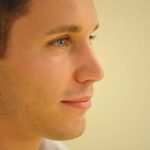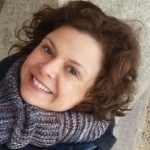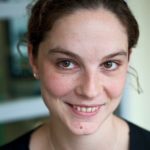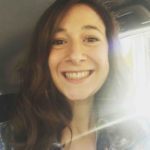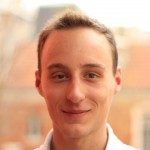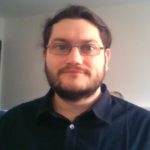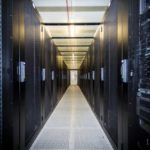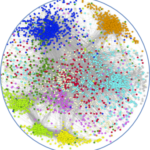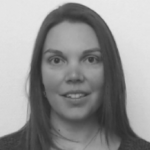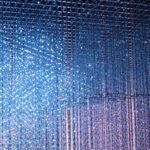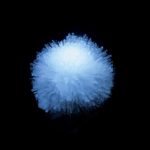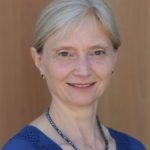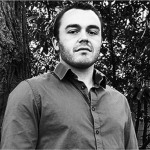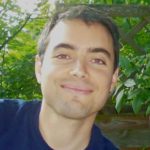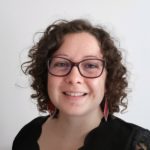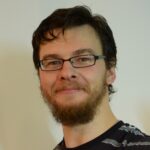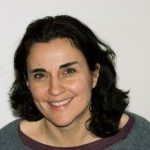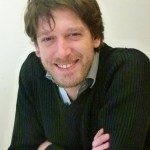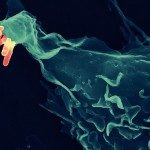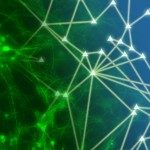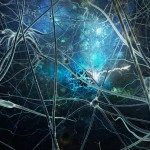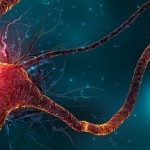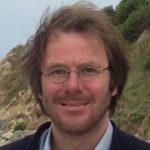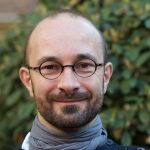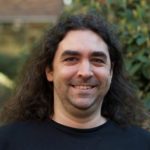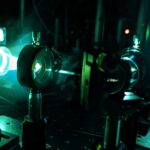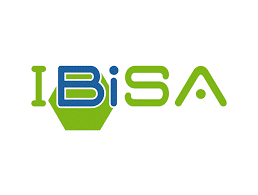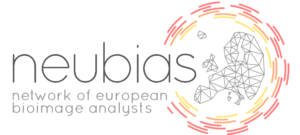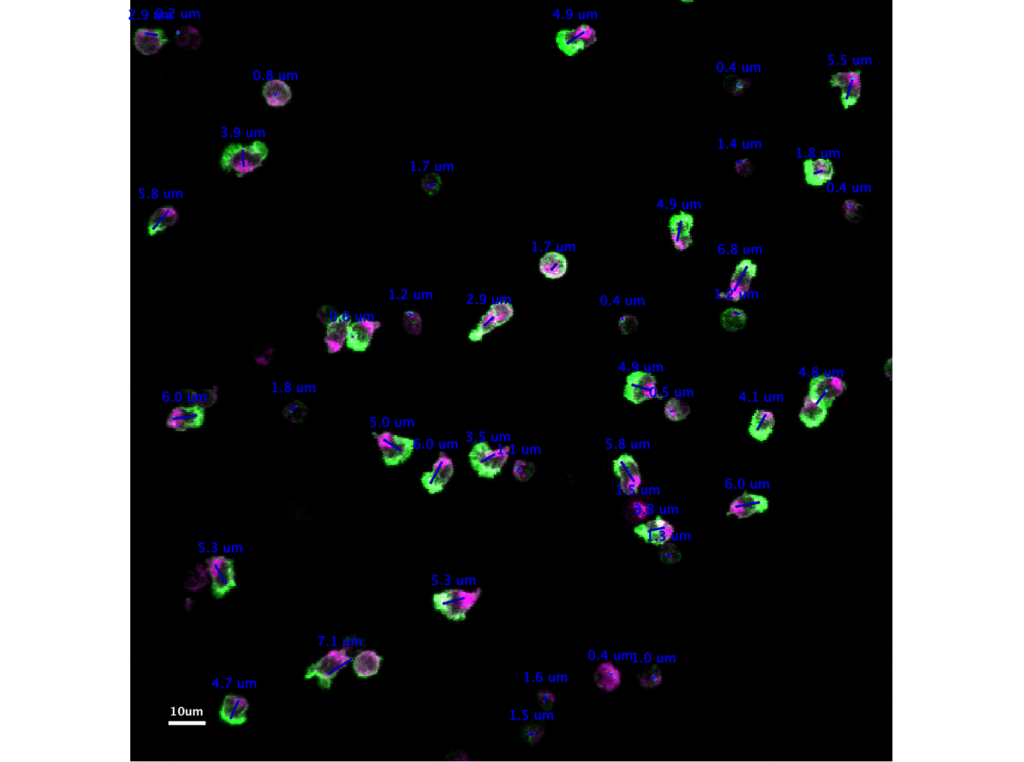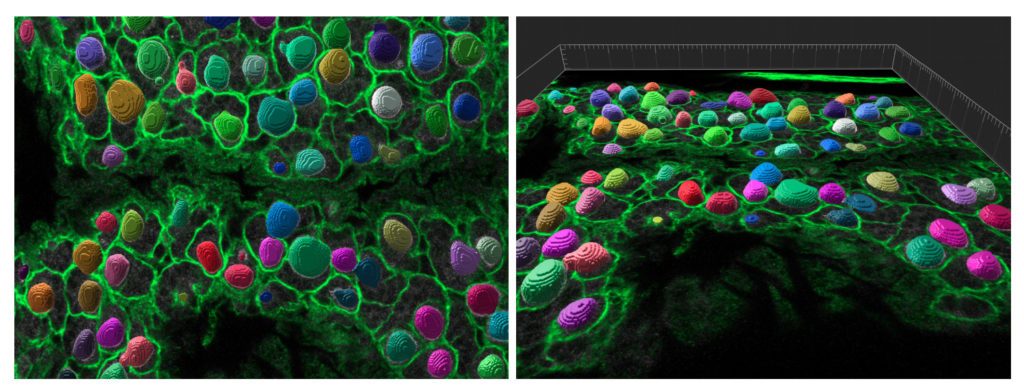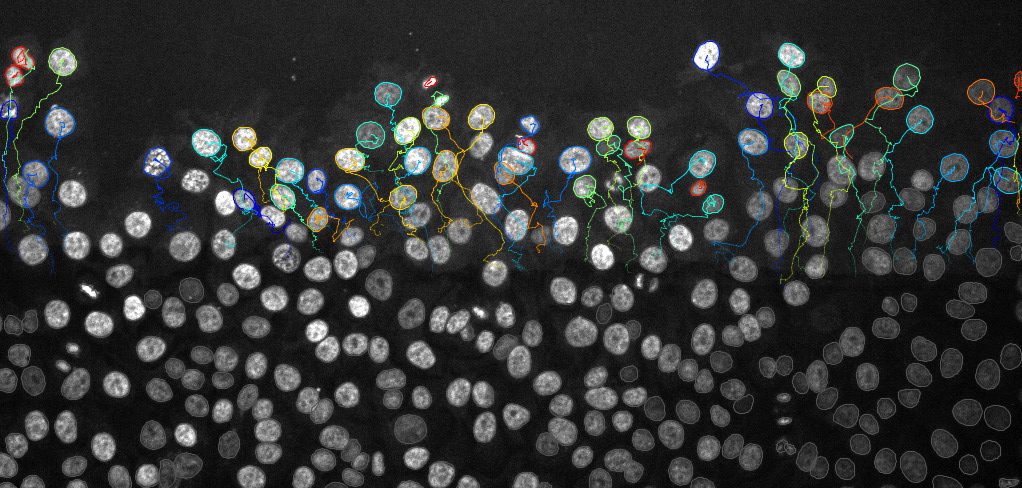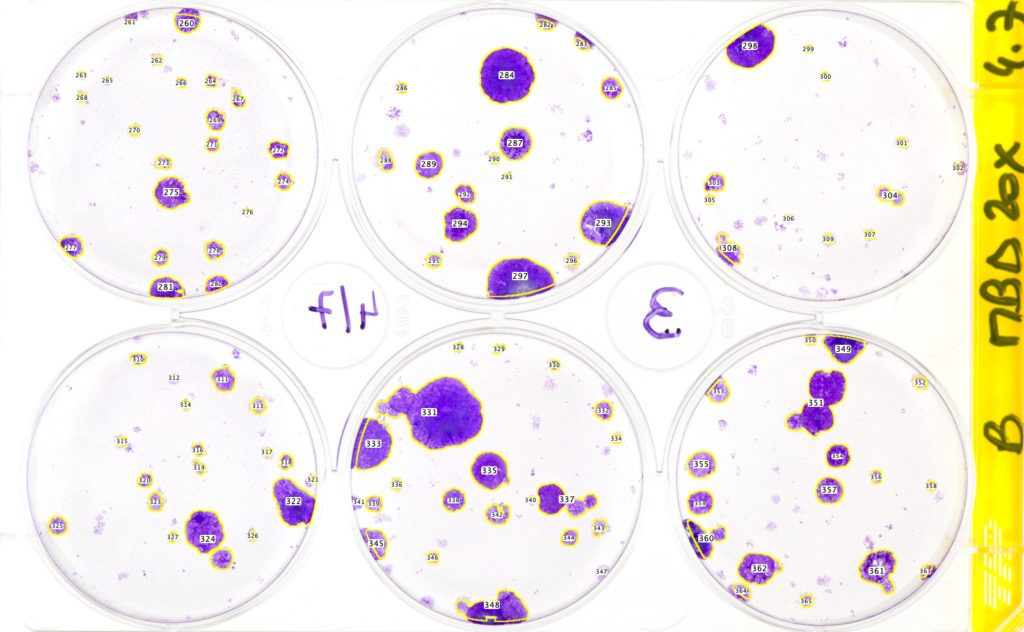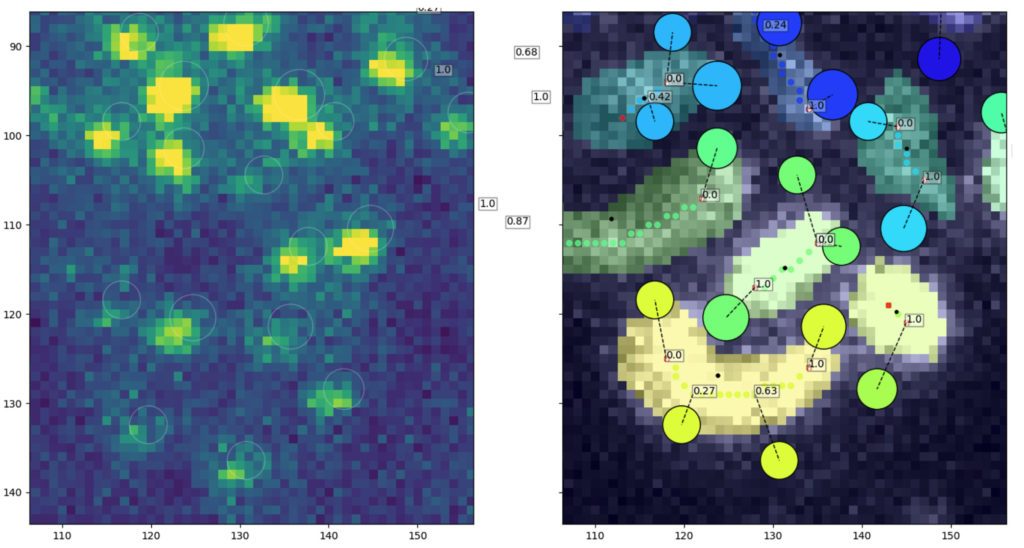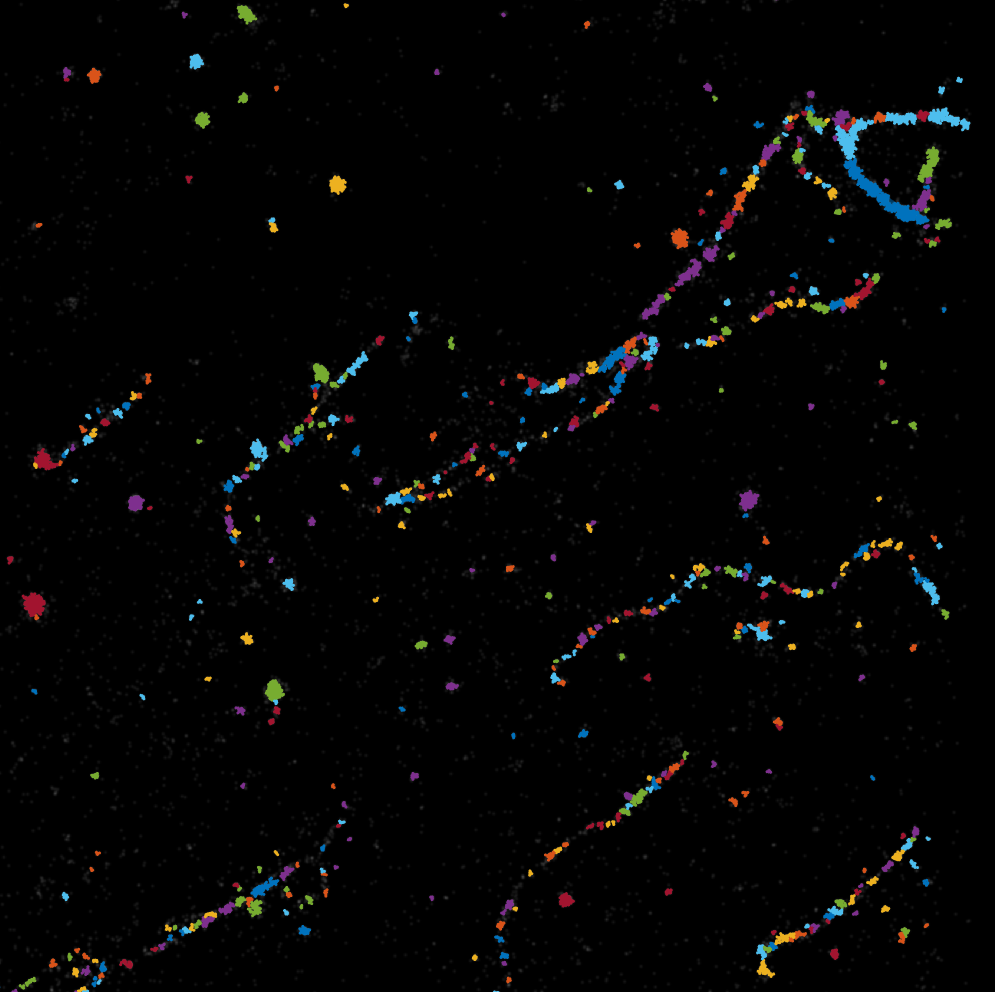The Image Analysis Hub is an open access, equal access core facility committed to offering bioimage analysis services to the scientific community.
What we do.
The IAH works mainly by collaborating scientifically with its users, trying to achieve a significant added-value to their Research.
Our services are deployed in four activities:
Infrastructure for autonomous image analysis.
We maintain and offer access to workstations dedicated to and tailored for image analysis software. This includes academic open-source software such as Fiji, Icy, ilastik, QuPath, … and commercial software like Imaris, Huygens and Arivis. They are under maintenance contract and regularly updated.
The workstations are located in a common analysis room in the François Jacob building (aquarium, room 26-01-17) and can be booked via our PPMS instance. We also offer access to virtual machines, that can be connected to remotely, on and off campus.
Walk-in support and trainings for questions involving image analysis.
Our users can consult us for bioimage analysis questions related to their project. We can also contribute to experimental design, with our colleagues from the imaging core facilities when required. We offer one-one training sessions on image analysis software, to address a specific question in a project. Finally, we teach general bioimage analysis techniques at introductory and advanced levels during yearly events such as bioimage analysis courses (like this one) and workshops or the PhD program.
Walk-in support happens mainly via our open-desk sessions. Every two weeks, on Thursday morning from 9:30am to 12:30am, the whole IAH and colleagues are gathered in the aquarium of the François Jacob building (room 26-01-17). We welcome users on a first-come first-served basis, and try to address their question immediately. Several analysts can work with one user, and we often invite research engineers from the campus to participate.
The open-desks sessions are the single entry point for all our services. If you want to request a collaborative project, a training or discuss what we could do to support your project, the one place to do so is the IAH open-desks. All the open-desk sessions for this year are listed on this page.
Build and deploy custom analysis tools for projects requiring special developments.
Our central activity consists in developing highly customized analysis pipelines or scientific tools tailored to address specifically a user project. This activity is important when a user project requires analysis that is not provided by the existing image analysis tools, or when they require modifications or integration in larger pipelines. The delivery of these services can take two forms:
- Quantification projects. A user would delegate an analysis task to us, a sub-part of their research project. Our goal then is produce scientific results from their images, up to the production of a figure for a publication, with the redaction of the associated Materials and Methods section.
- Custom development of analysis tools. We strive not to limit ourselves to be users of bioimage analysis software, but to be able to modify them and build new tools, tailored for the user project. Once built and validated, we deliver them to the user’s lab and teach their uses limitations.
Develop software platforms for image analysis.
We are the developers of several image analysis platforms. For instance:
and we are involved in the core development of several software packages for bioimage analysis:
The scope of these software tools goes beyond a single user-project. They are developed and elaborated when used on multiple user projects and during dedicated engineer time. They are made to be extensible and modular, and are used later to quickly develop bespoke analysis pipeline for future user projects.
Obtained labels.
The IAH operates within a Quality Management System following the ISO-9001:2015 norm, and we achieved certification by the AFNOR in 2019, within the C2RT ISO-9001 certification. Following the ISO9001 certification, the IAH obtained the IBISA label in October 2019.
